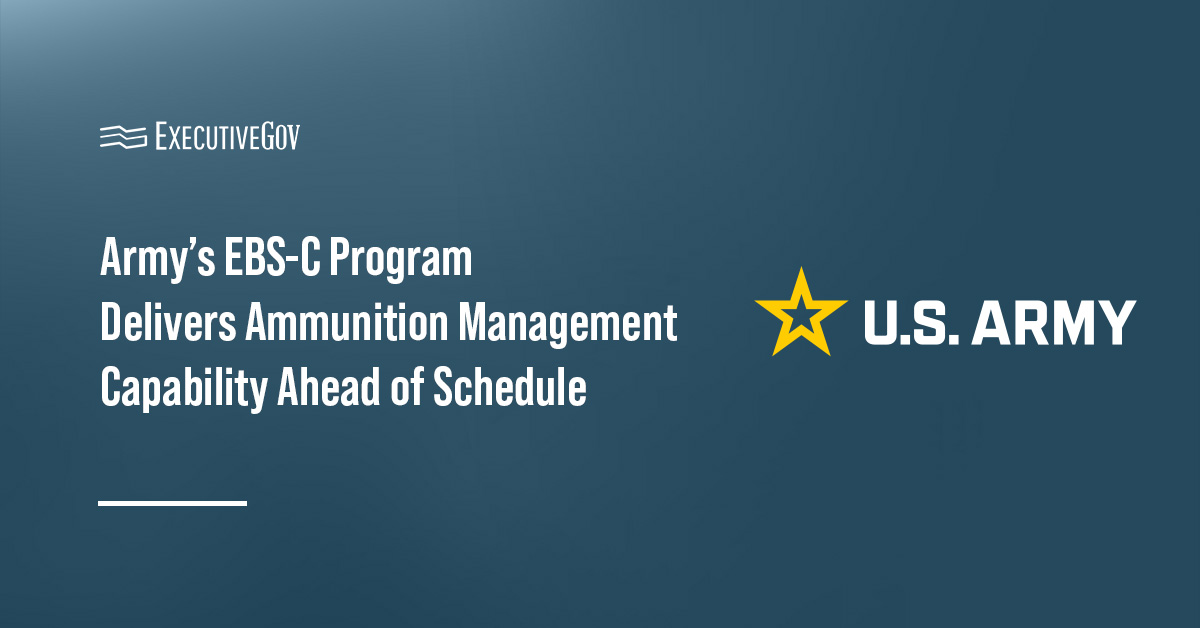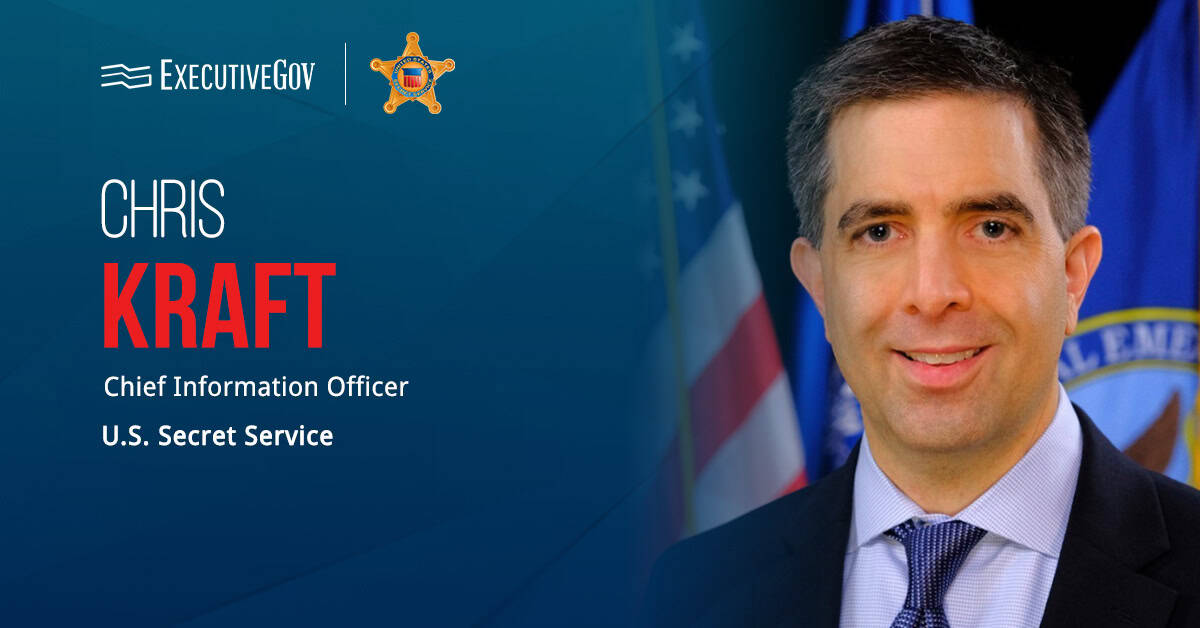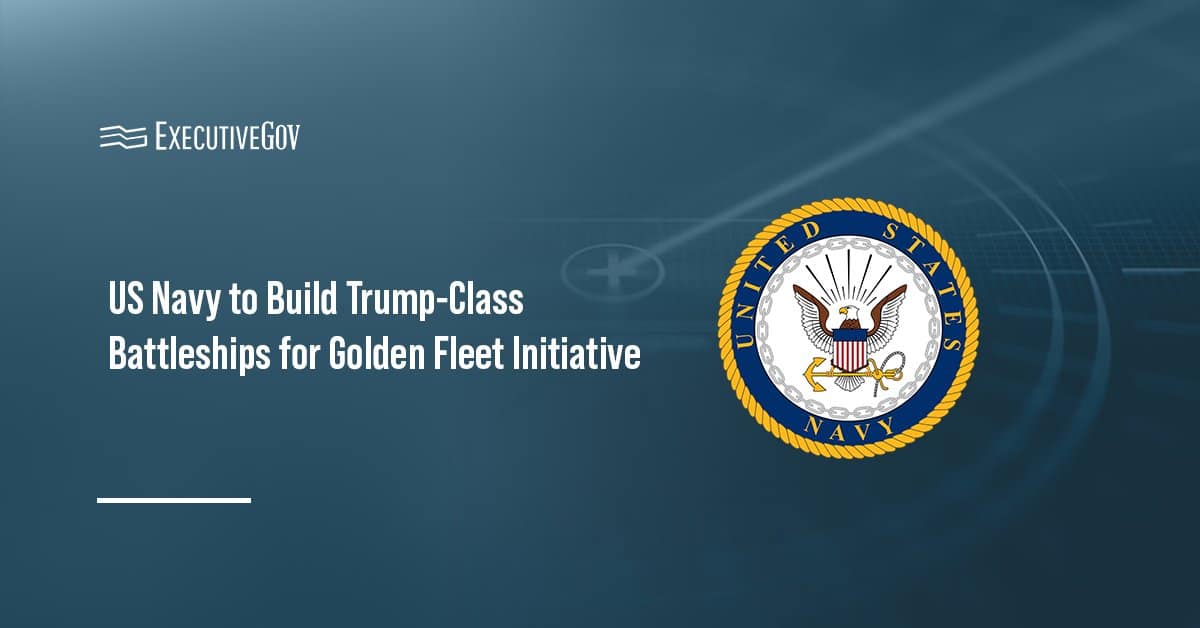The U.S. Army’s Enterprise Business Systems – Convergence program has delivered software providing distribution and supply planning capabilities for Class V conventional ammunition to pilot users at the Joint Munitions Command and Installation Management Command.
According to the service branch, the software, designed to improve ammunition inventory management, was delivered more than two and a half months ahead of schedule.
Bill Hepworth, program executive officer at the Army’s Program Executive Office Enterprise, called the achievement a “huge win” and a reflection of the PEO’s commitment to speed and efficiency.
“In just 10 short months since the contract was awarded, the team was able to deliver, proving that Agile software methodology works on enterprise-wide, complex software systems,” he said. “This accomplishment is yet another example of our ability to quickly deliver quality software that modernizes how the Army does business and meets Soldiers’ needs.”
How Will the EBS-C Software Transform Ammo Management?
The new system integrates a soldier-centered design, enabling users to explore the software’s new functionalities and provide feedback for continuous improvement. It also features a generative artificial intelligence-based training aid that reduces training time and enhances user adoption.
“While this launch is one small step for EBS-C, it’s one giant leap for Army ammo management,” said Bob Johnson, EBS-C product owner for JMC, noting that the new system will help improve inventory balance at ammunition supply points.
EBS-C expects to roll out incremental software updates rapidly as it aims to provide an integrated logistics and financial solution to 200,000 users across all Army supply classes.
The EBS-C team is preparing for an August review panel session with senior Army leadership to present a strategy for fielding the distribution and supply planning capability. The team will also share plans to deploy the ammunition management capability at Camp Shelby, Mississippi, and Fort Campbell, Kentucky, in the first quarter of fiscal year 2026.





